General Info – summary.
This spineless Tree with a wide spreading crown is 25m+ high. Twigs are hairy. Alternate, horizontally growing Leaves are bipinnate. The almost rectangular leaflets have a diagonal midrib and large non-spinescent shield like stipules. This monoecious tree has regular 5-merous creamy-white Flowers with many exerted stamens. The dehiscent, brown, papery Fruit is a flat pod with up to 10 flat brown seeds.
Description.
Albizia adianthifolia var. adianthifolia.
Previous Names: Albizia fastigiate, Albizia gummifera, Albizia sassa, Inga fastigiate, Mimosa adianthifolia, Zygia fastigiata.
SA Tree No. 148.
Common names: (Afr) Platkroon, Platkroondoringboom, Witpeerhout. (Eng) Flat-crown, Flat-crown Albizia, Flat-crown Tree. (isiXhosa) Isicangca, Umhladlothi, Umkhankga, Umnebelela. (isiZulu) Igowane, Umbhelebhele, Umgadankawu, Umgadawenkawu, Umhlandlothi, Umkadankawu, Umnalahanga, Umnebelele, Undlandlothi, Usolo. (siSwati) Isivangatane, Ligowane. (Tshivenda) Muelela, Muomba-ngoma, Muvhada-ngoma. (Xitsonga) Agowane.
Family: Fabaceae or Leguminosae. (Pea, bean or legume family). After the Orchidaceae and the Asteraceae, the Fabaceae is the third largest Angiosperm (flowering plants) family with 700+ genera and close to 20 000 species. Local Tree genera on this website include Acacia (Vauchellia, Senegalia), Albizia, Bauhinia, Bolusanthus, Burkea, Calpurnia, Colophospermum, Cordyla, Cyclopia, Dichrostachys, Erythrina, Erythrophleum, Faidherbia, Indigofera, Mundulea, Peltophorum, Philenoptera, Piliostigma, Schotia and Xanthocercis. The Fabaceae are recognisable by their fruit and by their pinnately compound Leaves. Leaves may also be simple – even bilobed and usually have stipules – some of which may be spinescent. Leaflets are usually entire. Flowers are bisexual and bracteate. Regular flowers usually have 4-5 sepals and the same number of petals. Irregular flowers have 4-5 sepals and 5 or less petals. Stamens have anthers that have 2 pollen sacs and there are usually at least twice the number of stamens as petals – often 10. The superior Ovary has one locule that may contain 1 or more ovules. The Stigma and Style are simple. The single carpel develops into the Fruit, which is usually a pod. This pod dehisces on both sides and may break into segments. Seeds vary.
Name derivation: Albizia – named after naturalist Filppo degli Albizzi who introduced a species into Europe in the 18th century. adianthifolia – like the leaves on the maidenhair fern (Adiantum sp.). Of the about 150 species of Albizia, 11 are indigenous in southern Africa.
Conservation: National Status: L C. (Least Concern). Assessment: 2007. (L. von Staden). Local bark harvesting may become a problem.
Tree
This most impressive big Tree is usually up to 25m high. It has a straightish (photo 189) cylindrical trunk and often with a conspicuous flat, wide spreading Crown (photo 192). Twigs (1-year-old current branch segments) are covered with rusty grey-brown, velvety hairs and end with pinkish growing tips. This plant may also be a multi-stemmed shrub. The tree is unarmed (there are no spines present on any part of the plant). New growth is reddish. The Bark (photo 188) is grey to yellowish brown and may be smooth to rough with shallow squares that do not peel off like those in Vachellia sieberiana (the paper-bark tree).
- 192 2015/02/09 Durban BG. David Becking.
- 189 2015/02/09 Durban BG. David Becking.
- 188 2015/02/09 Durban BG. David Becking.
Leaves
Leaves develop horizontally in a similar manner to the maiden hair fern (Adiantum sp.). Each leaf is up to 24 x 15 ++cm and is bipinnate (compound: twice-pinnate leaves. The rachis – central axis, has lateral Pinnae “branches” not leaflets and the Pinnules “leaflets” are on these “side branches”). Leaves are up to 40cm long and grow horizontally (photo 192 above). They have 4-11 pairs of Pinnae, each of which bears 6-15 pairs of leaflets. On this deciduous tree, the young hairy, alternate Leaves are pinkish-red and tend to be folded. With maturity Leaflets become dark green above and have yellowish hairs – especially below where they are also lighter green and rough. Except near the leaf apex (photo 191E), leaflets are almost rectangular and up to 2 x 0,8cm (photo 191). They have an unusual Midrib that runs diagonally across the leaflets (photo 191E). The Rachis (main leaf axis) is hairy. The hairy Petiole (leaf stalk) is 2,5-7cm long and has a swollen base (photo 190). Petiolules (leaflet stalks) are absent. A large sessile gland occurs on the upper surface – near the base. Stipules (basal appendage of the petiole) are large, shield-like and not spinescent (spiny). Picked leaves soon fold up (similar to Mimosa pudica when touched). However, the process here is much slower.
- 191 2015/02.09. Durban BG. David Becking.
- 190 2015/02/09. Durban BG. David Becking.
- 191 2015/02/09. Durban BG. Photo: David Becking.
- 190 2015/02/09. Durban BG. David Becking.
Flowers
These plants are monoecious (having both male and female reproductive organs on the same plant). The sweet-scented, creamy white Flowers usually appear with the new leaves and stand up above them. They develop in a relatively large, globose, half-spherical Inflorescence supported by a Peduncle (stalk of flower cluster). Although fewer in number, the individual Flowers are larger than most Albizia species and are either bisexual (shorter, outer flowers) or male (larger inner flowers). Each flower is 5‑merous (referring to the number of parts) and actinomorphic (Regular, symmetrical. Flowers are vertically divisible into similar halves by more than one plane passing through the axis). The bell-shaped whitish and externally hairy Calyx is small – up to 5mm long and the Sepals are joined to about halfway up. The Corolla has the greenish white Petals in a funnel shaped tube up to 1,3cm long. The Vexillum (standard petal) is shortly clawed and obovate (egg-shaped – with the narrower end at the base). The 2 wing petals are free and the remaining 2 keel petals are joined.
Fruit
The hairy, light brown, mature, papery and dehiscent Fruit is a cross-veined, pendulous Pod with a conspicuous margin. Pods are large – up to 19 x 3,5cm and produced in large numbers. Each flattish pod is distinctly raised around each of the up to 10 flat, brown Seeds. Bumps on the pod indicate the positions of the seeds. After about 10 months, the pods mature and dehisces – leaving behind the empty open pod on the tree, which remains there for some time. (Aug-Oct the following year).
Distribution & Ecology
This plant is a pioneer species (hardy species which are the first to colonize new or previously disturbed areas). The normally flat, wide spreading crown and horizontally growing leaves distinguish it from surrounding trees. Most of these trees normally grow below 1 000m in moist tropical areas and are Located along the east coastal and low altitude open forests, woodlands, in ravines, moist bushveld, on forest margins and wooded grasslands. They occur naturally in the Eastern Cape – from about Port St Johns, KwaZulu-Natal, Mpumalanga e.g. Kruger near Punda Maria, Limpopo, Northern Province, Swaziland, Mozambique (southern and central northeast) and into tropical Africa – including Senegal and Ethiopia. It also occurs in Madagascar. Trees produces a sweet-smelling Gum (a water-soluble sugary polysaccharide that is exuded to seal wounds and prevent infection by bacteria and fungi. It also helps prevent trees from freezing in winter). Elephant and Blue-duiker browse the Tree. Both eat the Leaves, Pods and Seeds. Sunbirds and insects seeking nectar, visit the Flowers. Larvae of the little Pale Babul Blue butterfly (Azanus mirza) feed on the flowers. Larvae of the butterflies that feed on Leaves include the Albizia sailor (Neptis laeta), Kersten’s Ciliate blue (Anthene kersteni – peak visibility in summer), the Blue-spotted Emperor (Charaxes cithaeron) – mostly seen from Mar to May, and the Satyr Emperor (Charaxes ethalion) is common in forest edges, flatlands, along the coast and mountains).
Ethnobotany
This Tree can either be grown from seeds which should be planted in spring, or from truncheons (stem cutting from a selected plant – used to produce genetically identically new plants). For light exposure, plant seeds shallowly. Plants are fire and mild frost resistant. The Bark is poisonous and may be used as a fish poison. Sapwood is pale yellow and the heartwood pale to golden brown. The straight-grained wood is easy to work on a lathe and is not inclined to warp. However, the heartwood is susceptible to borer attacks. The relatively low-density Wood is used for making parquet flooring, wheel hubs and for building – including boats, and for fuel. The inferior quality Gum is not much used. This is a good shade tree and is used as such in Malawi to provide shade in tea plantations. Local medicine makes use of the roots and bark (which may be poisonous). Healers collecting bark may become a problem in the future.
References
Boon, R. 2010. Pooley’s Trees of eastern South Africa. Flora and Fauna Publications Trust, Durban.
Burrows, J.E., Burrows, S.M., Lotter, M.C. & Schmidt, E. 2018. Trees and Shrubs Mozambique. Publishing Print Matters (Pty) Ltd. Noordhoek, Cape Town.
Coates Palgrave, M. 2002. Keith Coates Palgrave Trees of Southern Africa, edn 3. Struik, Cape Town.
Lawrence, G. H. M, 1951. Taxonomy of Vascular Plants, The Macmillan Company, New York. Tenth Printing 1965.
Palmer, E. & Pitman, N. 1972. Trees of southern Africa, Balkema, Amsterdam, Cape Town.
van Wyk, B. & van Wyk, P. 1997 Field guide to Trees of Southern Africa, Struik, Cape Town.
von Staden, L. 2007. Albizia adianthifolia (Schumach.) W.Wight var. adianthifolia. National Assessment: Red List of South African Plants version 2020.1. Accessed on 2022/08/15.
https://en.wikipedia.org/wiki/Charaxes_cithaeron
http://www.plantzafrica.com/plantab/albizadian.htm
http://www.prota4u.org/plantphotos/Albizia%20adianthifolia%2010.jpg
http://posa.sanbi.org/flora/browse.php?src=SP
Albizia adianthifolia (plantzafrica.com)

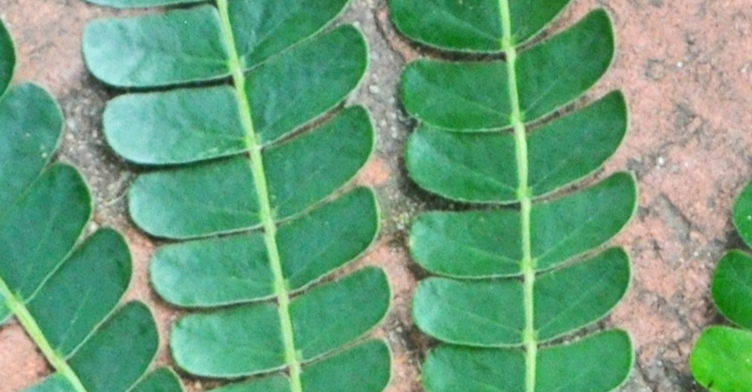
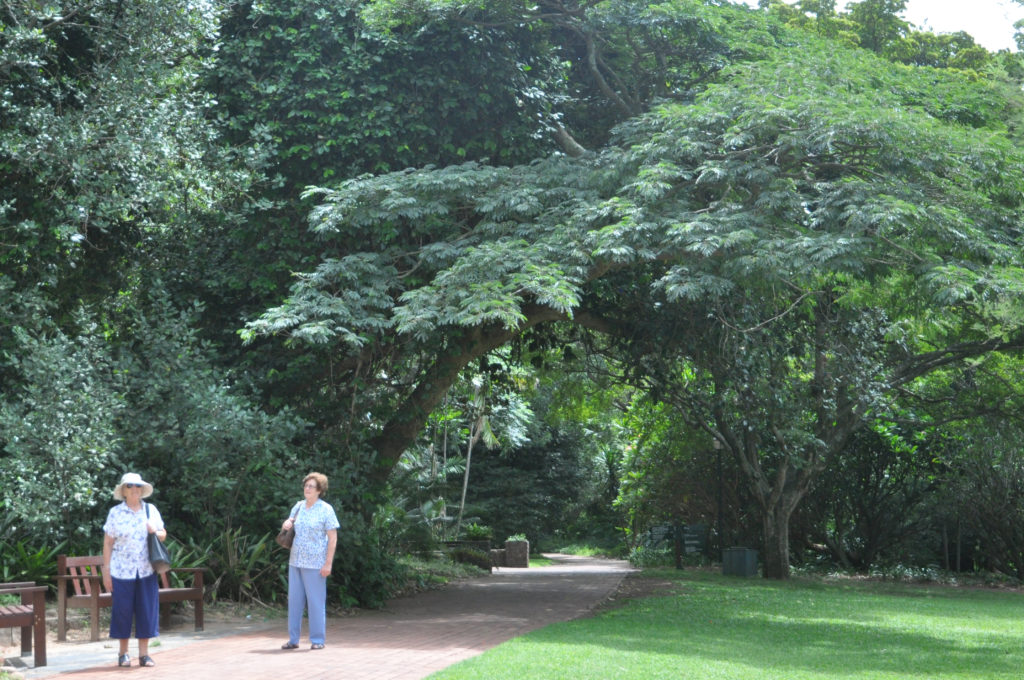
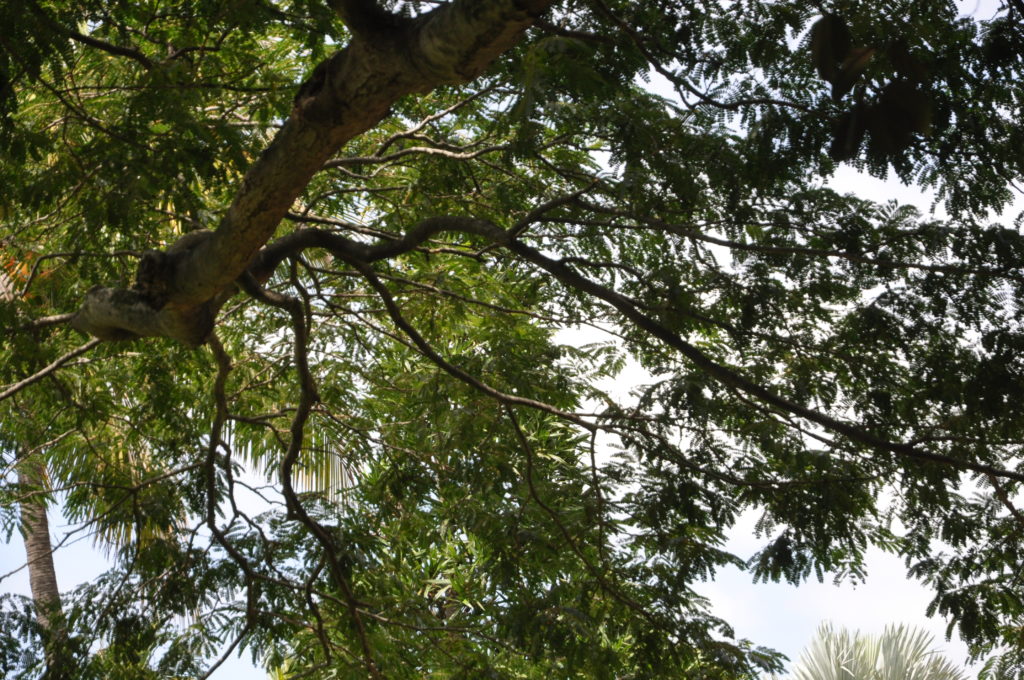
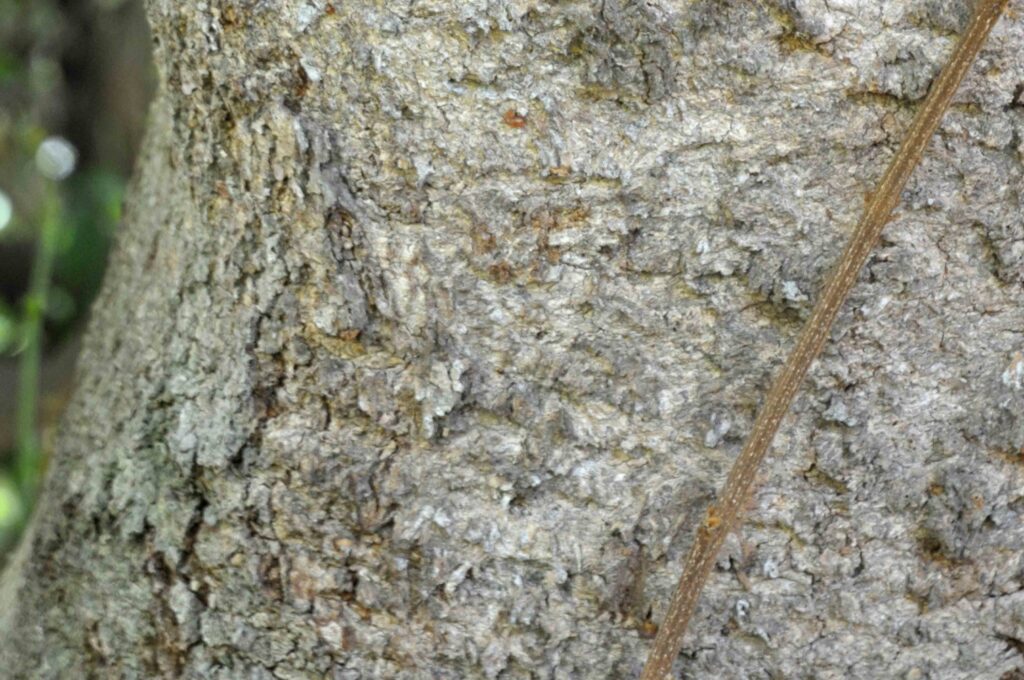
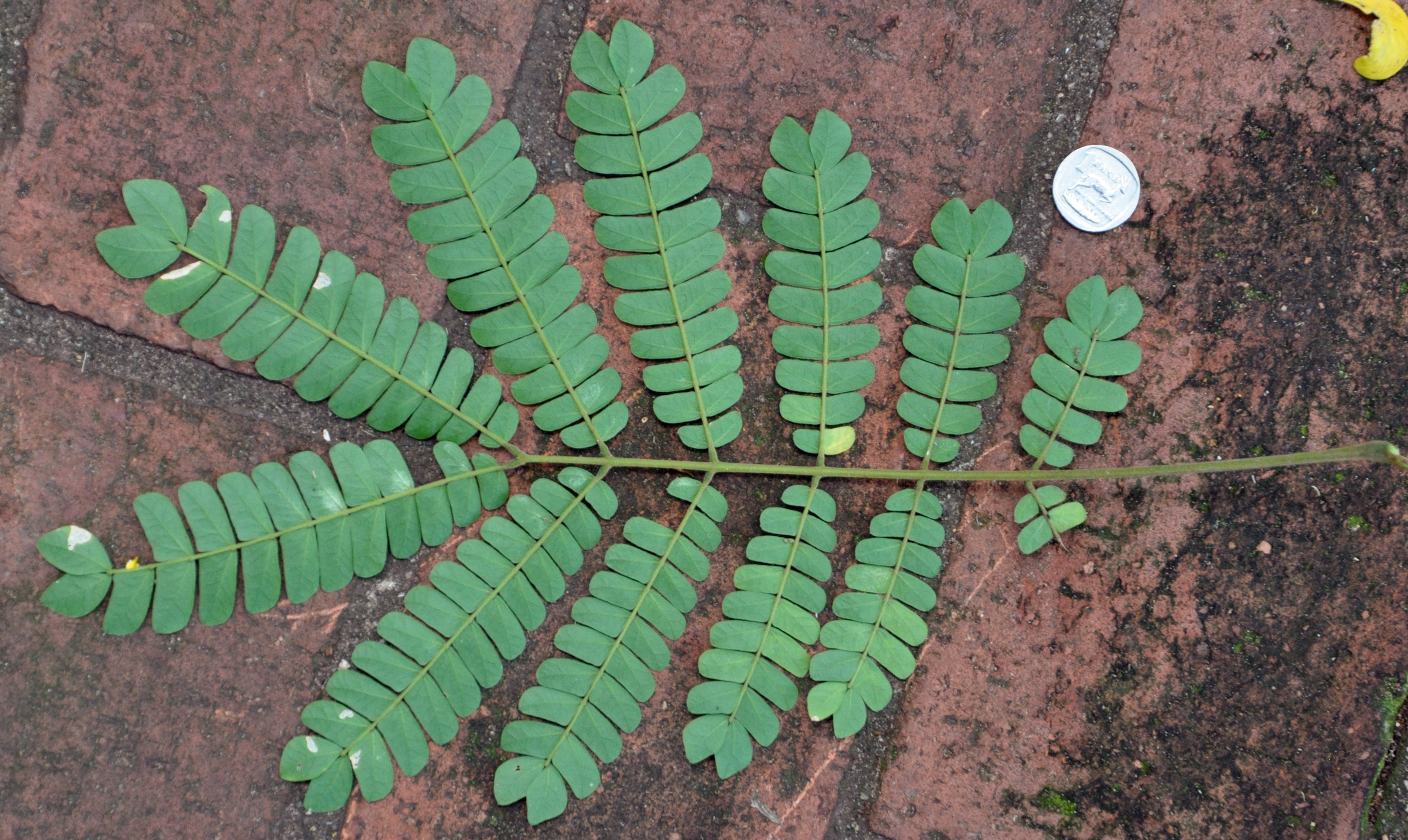
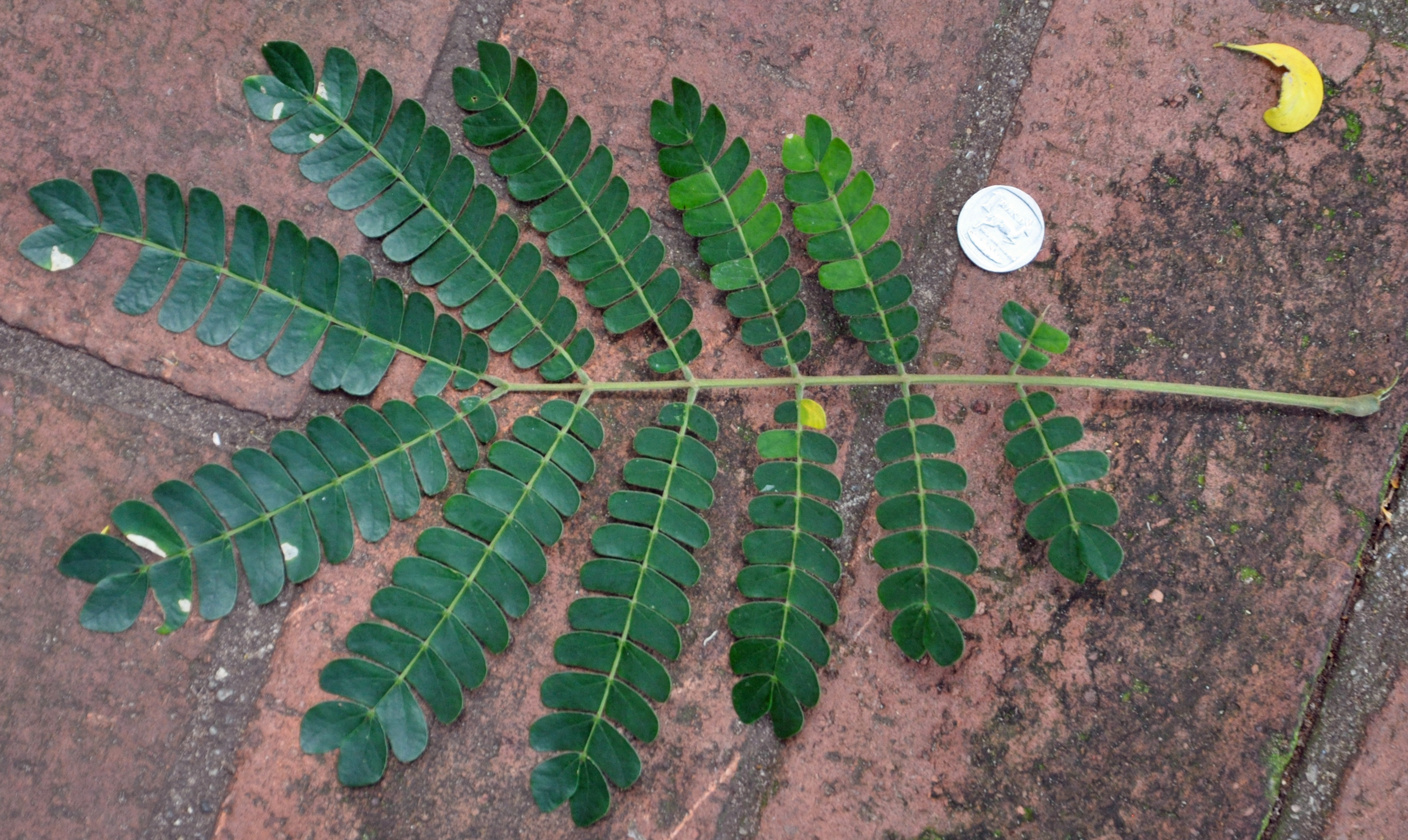
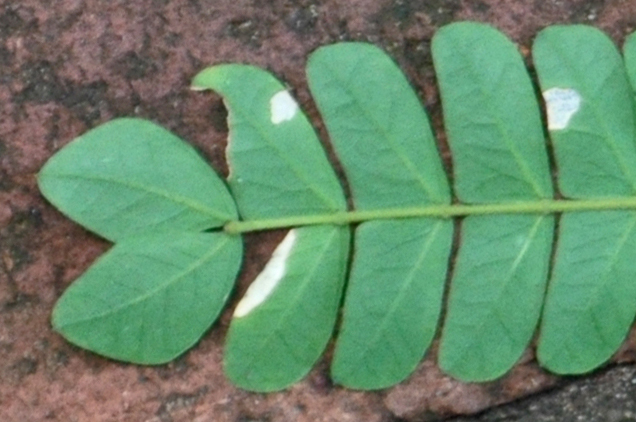
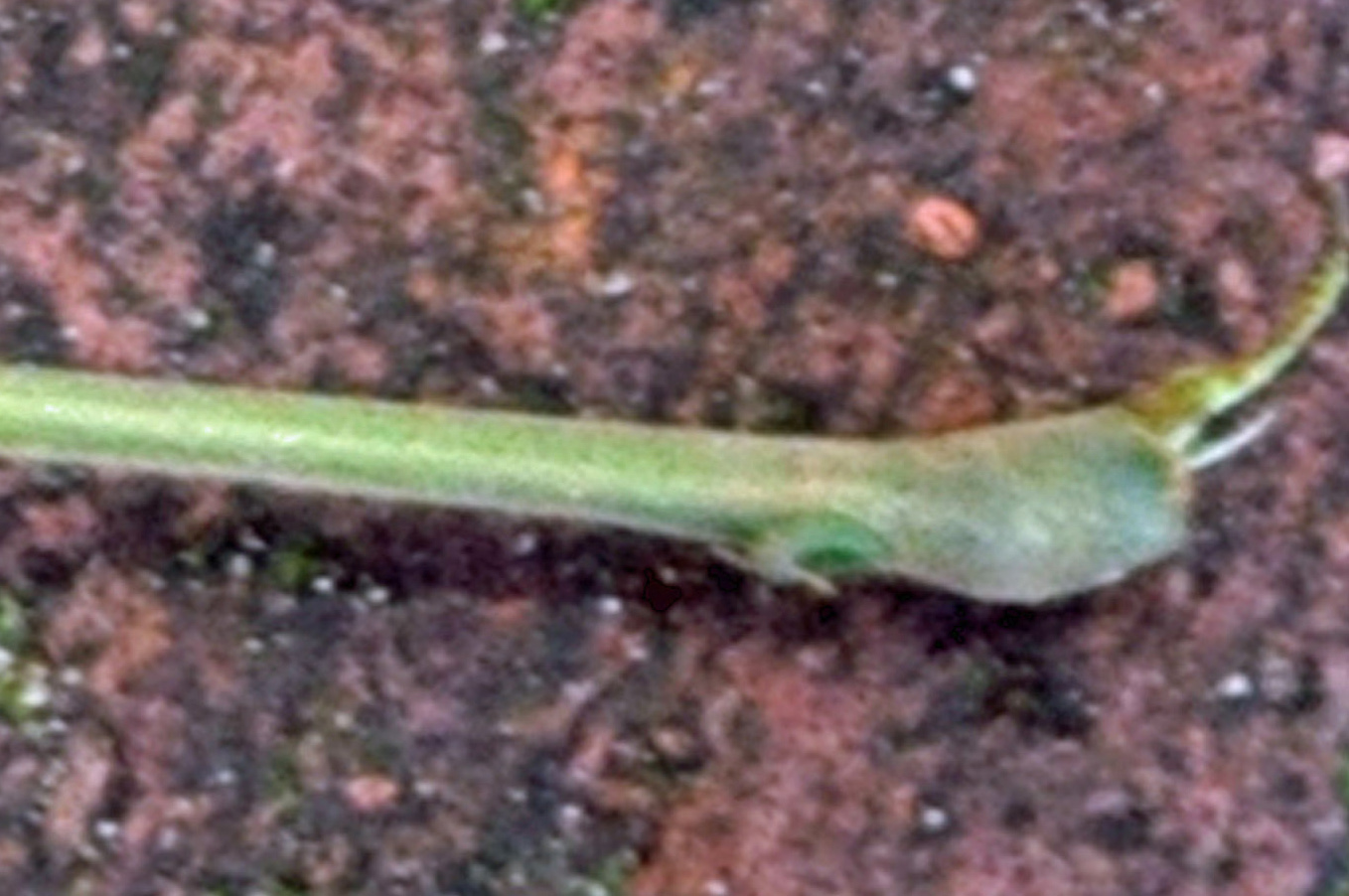
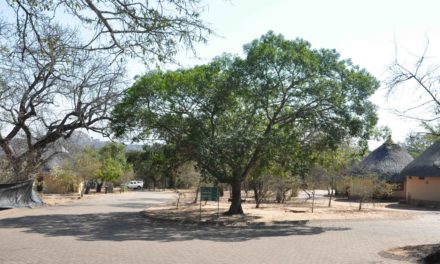
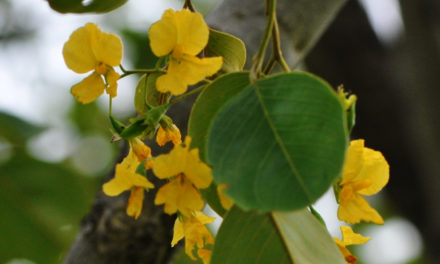
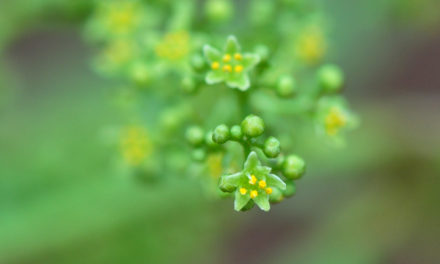
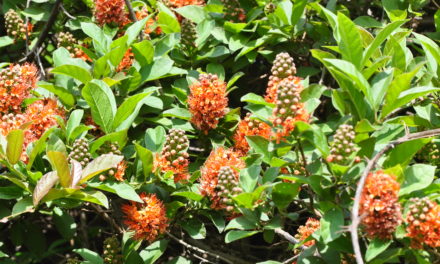
What is the root system of the flat crown tree? Will it lift paving, wals, etc?
Hi Gerald
I have been through my references and can find nothing to answer your question. This may mean that that the roots are not a problem. However this is a large tree …
Take care
David
Good day
Our flat crown died and we had to cut it down (Very sad). I want to replace it but I can not find any nursery around Pretoria that sells flat crown trees.
Will you be able to advise me.
Greetings Claudia
I have only seen this tree at the Durban Botanical Garden and it is normally a coastal tree. I would suggest that you try a coastal nursery or even the Duran BG. They have a website: https://durbanbotanicgardens.org.za.
Good luck and take care.
David Becking.
Good day,
Our Flat crown tree is busy dying, any advice on what we can do to save the tree please?
Kind regards
Unfortunately, this happens. Check watering, presence of insects above and below ground. Otherwise contact a nursery for a new plant. Wishing you all of the best.
David Becking.
Good evening David.
We had 3x crown trees in our Lowveld garden, and they were absolutely amazing trees.
I know they are not that frost hardy. Would it be ok to plant them in Benoni (East Rand)? If yes, do they need to be protected during winter for frost?
Greetings Waldo
Regrettably I think the trees would battle in Benoni- with its rather cold spells in winter. You might like to try one in a well sheltered position. Here I suggest you try a Truncheons (stem cutting from a selected plant – used to produce genetically identical new plants). If you collect a couple of stems from the lowveld you might like to chat to someone from your local nursery for assistance.
Good luck and take care!
David Becking.